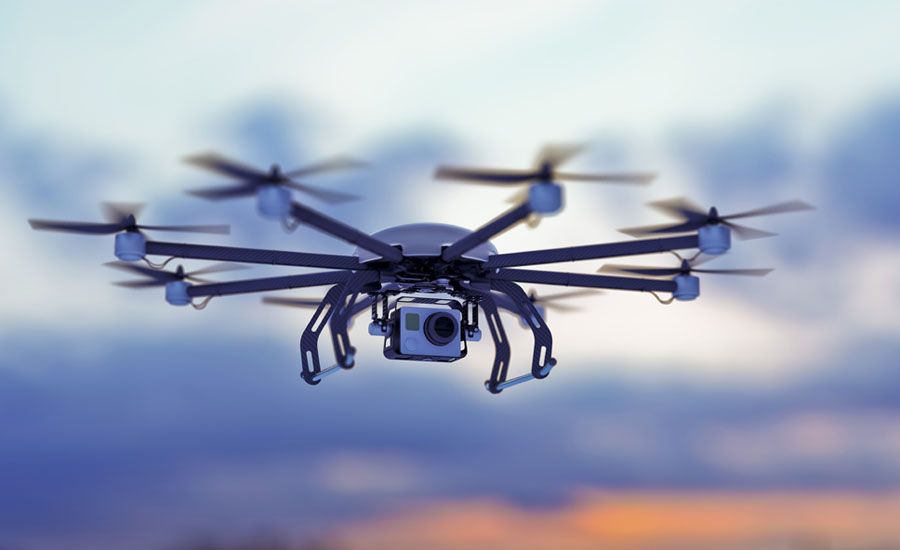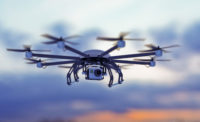Detecting drones near airports is one thing. Taking them out is another, prohibited, thing.
That’s the message the Federal Aviation Administration (FAA) is communicating to U.S. airports who, frustrated by the incursion of drones into their airspace, are or are considering installing devices which could detect the unmanned aircraft systems (UAS).
Can't use "countermeasures"
In a recent statement, the FAA said it “understands and shares” the safety and security concerns raised by the malicious or errant use of UAS near airports. However, the agency reminded decision-makers that airports don’t have the authority to use “countermeasure or mitigation technologies” and that only federal departments with explicit statutory authority to use “active interdiction capabilities” can legally do so.
The FAA has conducted a pilot program on the effectiveness of drone detection technology at airports – one which did not evaluate countermeasure capabilities in light of safety implications, operational impacts and legal constraints.
Unique challenges
The program determined that drone detection in such environments is fraught with “unique challenges,” such as:
The low technical readiness of the systems, combined with a multitude of other factors, such as geography, interference, location of majority of reported VAS sightings, and cost of deployment and operation.
These factors, according to the FAA, “demonstrate this technology is not ready for use in domestic civil airport environments.”
Also:
- Airport environments had numerous sources of potential interference--more than anticipated. High radio spectrum congestion in these environments made detection more difficult and, in some instances, not possible.
- Certain aircraft operational states (e.g., hovering) and the degree of flight autonomy also limit detection. A high level of manpower is required to operate equipment and discern false positives such as when a detection system may falsely identify another moving object as a UAS.
The FAA noted that UAS detection systems should be developed so they do not adversely impact or interfere with safe airport operations, air traffic control and other air navigation services, or the safe and efficient operation of the airport. They should also work with existing airport systems, processes, procedures, and technologies without modification of current infrastructure.
There will be no one-size-fits-all solution, because the primary factor in determining the feasibility of installing a permanent system at an airport is the number of sensors needed to achieve the desired airspace coverage. Because the coverage volume depends on the unique characteristics and requirements of each airport and the type of system, the number of sensors will vary. The coverage distance for many types of detection technologies also constrains the efficacy of such systems in identifying the locations of UAS.
Additionally, deploying assets in an environment owned by many entities could also make UAS detection systems a challenging solution to acquire and deploy. Overall, costs are prohibitive where higher levels of redundant coverage are required.
If that weren’t enough, the FAA reminds airports that the drone detection they install could become obsolete upon installation, since “UAS technology is rapidly changing.”






